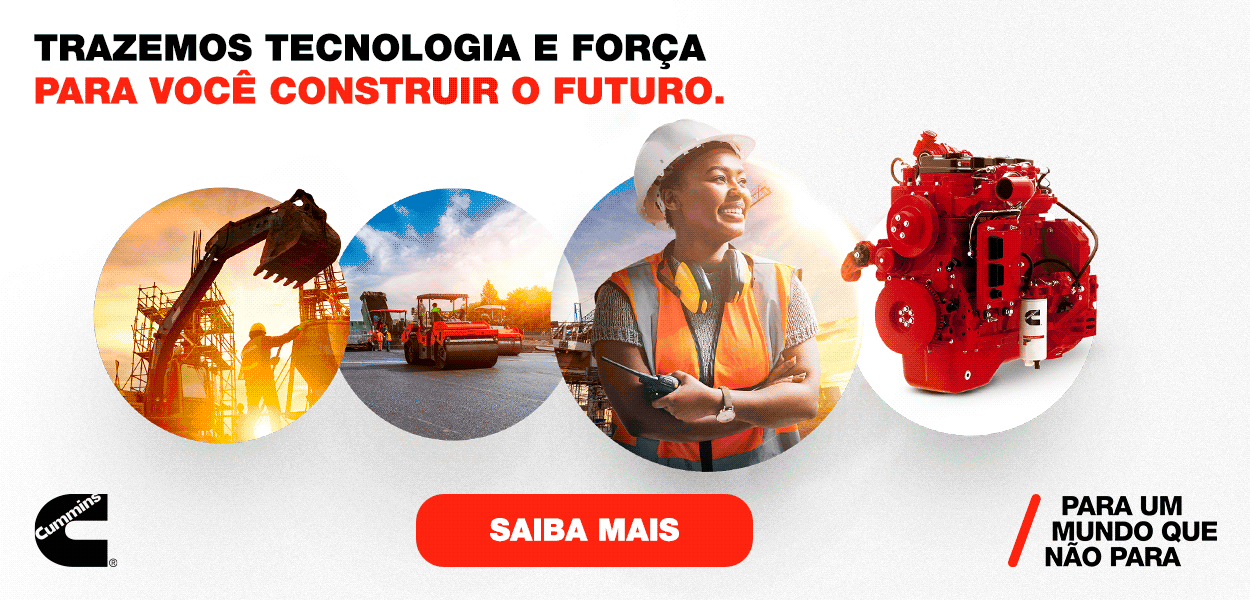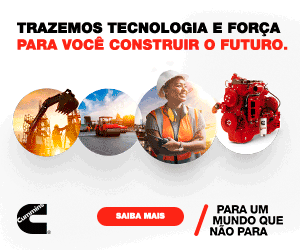Downwind technology
Mining company from the inland of São Paulo quadruples its production using new trucks with dolly and increasing the size of equipment used for sand extraction
At least in sand mining, the size of equipment used in the extraction may cause the difference in terms of productivity. This is happening in the Mineração Jundu, where the productivity of one of its main mines was multiplied by four in the last years through the replacement of its equipment fleet, gradually increasing the capacity and technology of the models.
Founded in 1959, the company is positioned as the main supplier of non-metallic mineral materials in the country, producing and selling products such as industrial quartz sand, resin sand, ground silica, calcitic lime, dolomite and others. In 2002, it started to be controlled by a joint-venture between Saint-Gobain and Sibelco—which shared the control of the company—and did not stop to grow from then on.
As a whole, the mining company has seven units in the country. The units from Analândia and Descalvado (SP) are the most important by production volume, producing quartz sands and ground silica. In addition to these operations, the group includes the plants of Bom Sucesso de Itararé (SP), São João del Rei (MG), Balneário Barra do Sul (SC) and Viamão (RS), as well as a recent operation in Estância (SE). The group has a total of 292 workers, a clean but effective total.
The operation at the mine of Analândia, is carried out by a team of 86 workers. In 2016, 1220 kton of special sands were sold. The operation is based on an open-sky mine with a pit of approximately 400 x 1500 m, seated on geologic formations called Piramboia, Botucatu and Santa Rita do Passa Quatro. These are extensive sedimentary deposits where the bulk material for industrial sand production is extracted. This versatile input comes from these places and is directed mainly to construction industry, foundry and glass producing plants in the whole country.
EXTRACTION
The structure for industrial processing of sand at Analândia includes areas for washing, drying, grounding and storing. These areas receive the material that comes from the production flow, which passes by crushing, loading with excavator, transport by trucks to the hopper or storage and final dispatch with wheel loaders. At the end of the processing, the sand is delivered in a scale placed near the entrance, where the product remains on charge of the transporters. This arrangement is being used since 1990, when the mine was opened, but it reached recently a new stage of productivity.
It is occurring since 2013, when the company implemented an equipment replacing plan that has programmed replacing windows. The production was previously in the range of 300 tph in three working shifts. After the fleet updating it passed to 600 tph and is currently in 1200 tph. In addition, the company passed to work in two shifts and reduced one day of operation. “Our evolution in terms of equipment is quite clear”, says the mining engineer Angelo Afonso, operations manager of Mineração Jundu.
To get this target, the plan considers mainly indicators such as working hours, high maintenance cost or obsolescence of the used technology. “When we buy a new machine with zero reading in the hour meter, an evaluation is carried out and it enters in the window with, for example, 20,000 operating hours”, comments the manager. “If it still has good working conditions and low maintenance cost, it goes on up to 30,000 working hours. It is not possible to go beyond this point, since the machine reached its time of replacing.”
Then the company started to increase the size of equipment, starting with the trucks that transport the material from the extraction to the processing area, in a path of 1.4 km. At the beginning, only vehicles of 26 ton were used. Currently, there are three rigid-frame units of 40 ton, equipped with semi-trailers also of 40 t. “The same driver is now transporting 80 ton”, highlights the manager, complementing that the vehicles are of different brands. “There is no preference or prejudice with brands. The unit that offers the best performance is chosen.”

Av. Francisco Matarazzo, 404 Cj. 701/703 Água Branca - CEP 05001-000 São Paulo/SP
Telefone (11) 3662-4159
© Sobratema. A reprodução do conteúdo total ou parcial é autorizada, desde que citada a fonte. Política de privacidade














